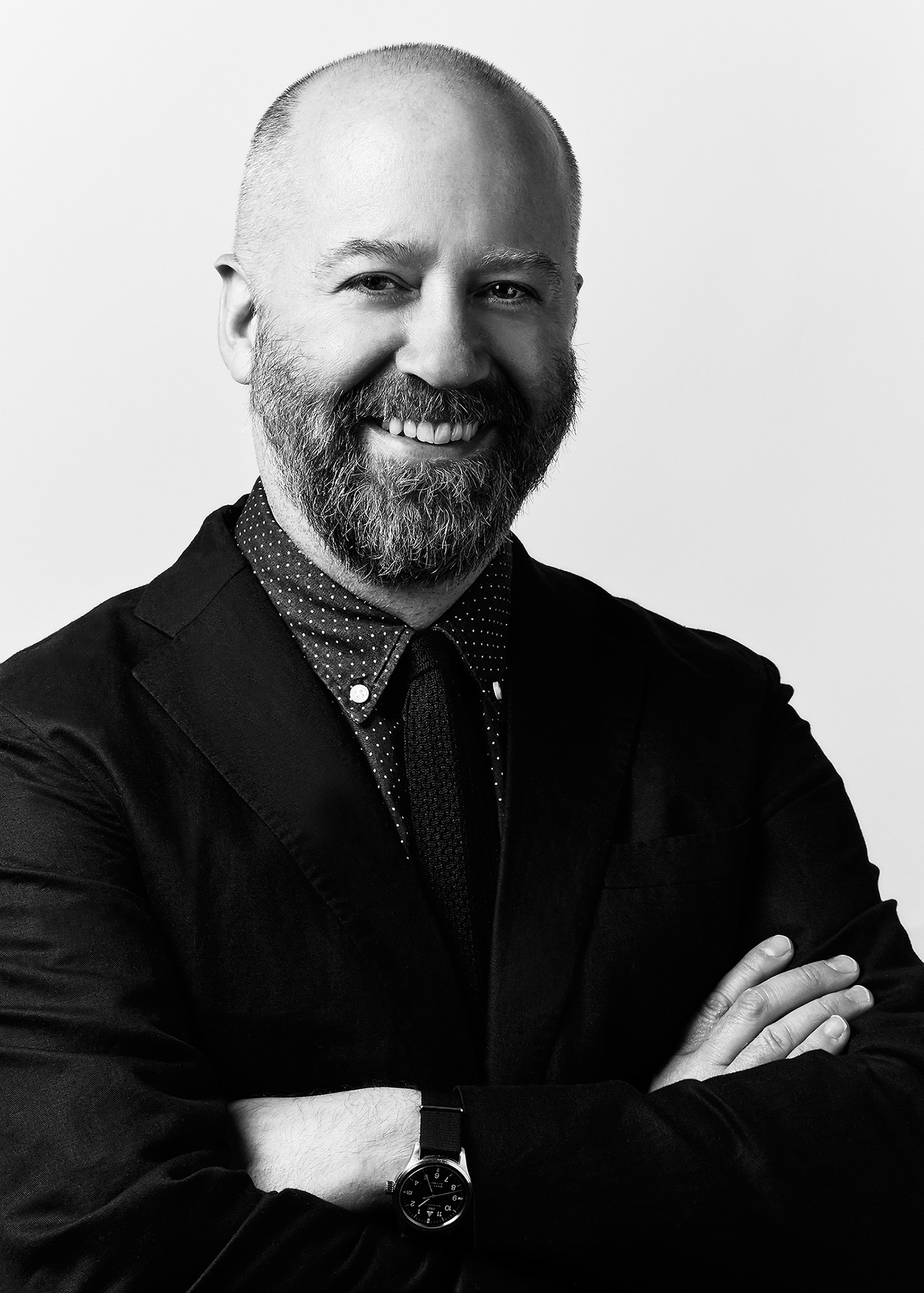Neckwear Notes: ESPN Ties and the Role of Brands

A conversation with Jeff Sencer today made me think about the role of brands, particularly in the neckwear business. Do men care about brands first? Or are brands now a reassurance of quality, status and value after other considerations?
Sencer, who has a long career in neckwear, has been working with LND Neckwear for the past couple of years, helping to build their business in general, along with the Steven Land brand. He tells a story about a study Mulberry did back when he worked there (and before PVH acquired it) that determined men shopping (if they weren’t on a brand-guided mission) cared about three things in this order:
1. Visual (color, pattern, design)
2. Feel (a fabric’s hand and weight)
3. Price
4. Brand
This is where Sencer’s latest project comes in. The ESPN Gameday neckwear collection, which he first showed at trade shows in January and February, has just shipped to about eight major national retailers.
Looking at the principles above, the ESPN collection offers nice looking ties (not too wide or narrow) in a variety of colors and patterns based on top college colors for a decent price ($45 MSRP, $29.99 OTD for silk and less for microfiber). The ESPN brand is there—on the tail, the tipping, the loop and sometimes subtly on the tie—but since it’s not a fashion or celebrity brand, it’s all at once new, familiar and safe. In a word: reassuring, especially to the guy who needs to wear a tie.
“It’s about newness,” says Sencer, “but not newness in design—there will always be that.” And he’s right. Without going nuts making neckwear so new that it’s not salable, what’s left? Good design, good quality and a familiar brand. Sencer is hoping that this ESPN collection is a big hit, both in college towns and across the country. After all, he adds, 70 percent of American men (and 66 percent of women, who also buy lots of ties) watch ESPN.
Interestingly, he said he’s only had one account limiting their order to local college colors—all other retailers have ordered a wide range of colors.
Alas, there’s still no maroon and gold for my school, the University of Minnesota (not even ranked in the top 25 for football), but the collection’s color combinations are clearly designed to be wearable, not just for super fans.
As for the question about the role of brands, it’s not simple, but I do think that research Sencer talked about is right about one thing: the product must look good first.



